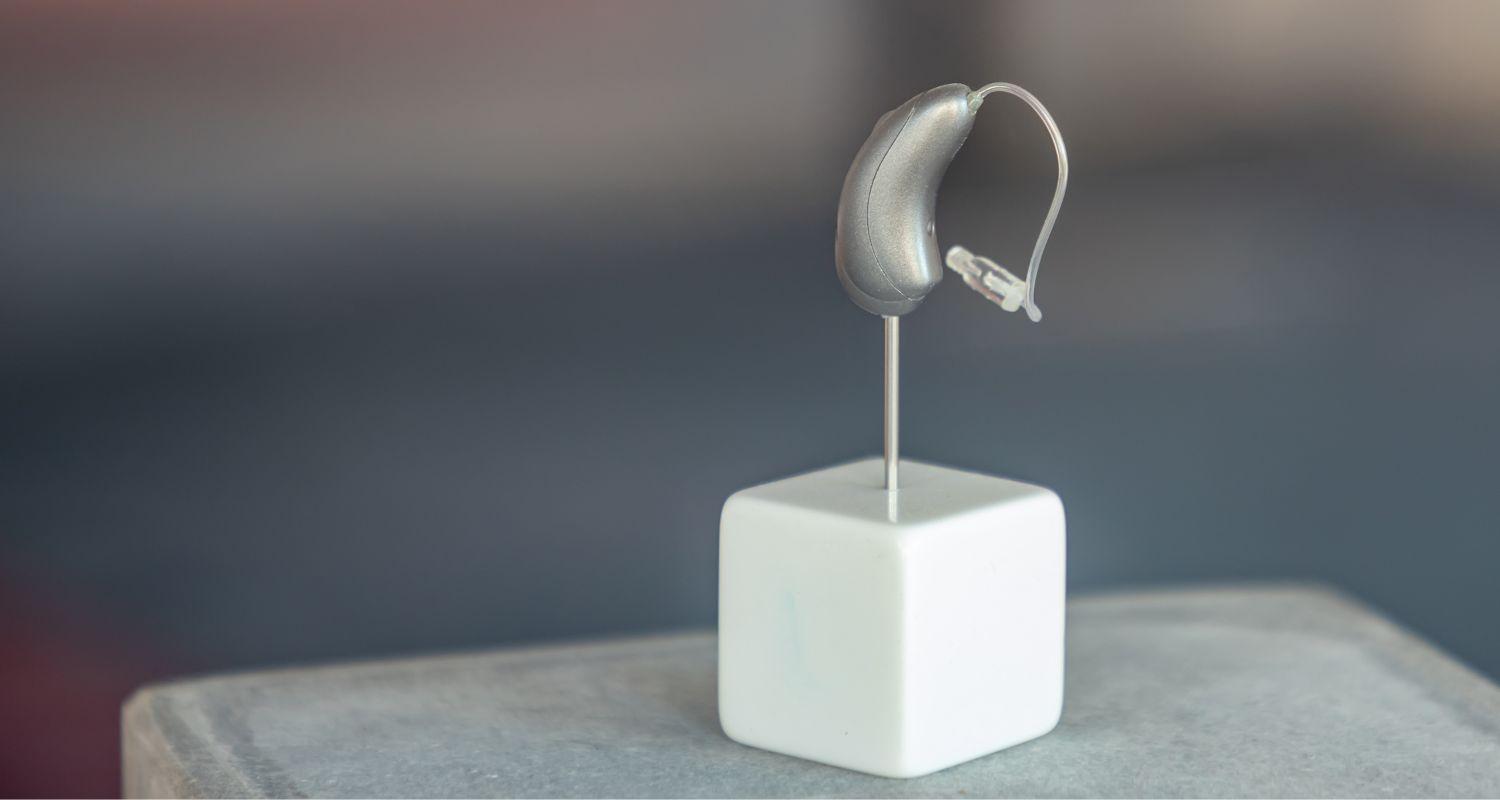
- How Spending Time Outdoors Enhances Hearing Health - July 16, 2024
- Exploring the Impact of Sports on Hearing Health - July 3, 2024
- The Impact of Diet on Hearing Loss - June 28, 2024
Hearing aids provide ample support for millions of people who experience hearing challenges. Like most electronic devices we use daily, hearing aids have experienced significant innovation over recent years. Hearing aids are more advanced, sleeker, and varied than ever before. But there are still numerous myths about these devices which can sometimes prevent people from seeking hearing loss treatment. In fact, only one third of people who could benefit from hearing aids, actually wear them. Deconstructing common myths about hearing aids can expand your understanding of these devices and how you can benefit from them.
Myth #1: hearing aids are only for old people.
One of the most common misconceptions about hearing loss is that it only impacts older adults. While the risk of developing hearing loss increases with age, age is not the only factor that can cause hearing loss. People of all ages experience hearing loss and there are several causes including exposure to loud noise and head injuries which significantly affects younger adults. The World Health Organization (WHO) estimates that over 1 billion people worldwide are at high risk of developing hearing loss as a result of loud noise exposure.
Hearing aids are for all people who experience hearing loss. These devices are designed to absorb, amplify, and process speech as well as sound. This maximizes one’e hearing capacity and alleviates symptoms which benefits people of all ages who are impacted by hearing loss.
Myth #2: hearing aids are bulky and outdated.
When you imagine hearing aids, what do you picture? A common assumption is that hearing aids are big and bulky devices that are worn behind the ears. This makes them highly visible and unappealing. But hearing aids have actually transformed in recent years. With a greater emphasis on aesthetics, there is a wide range of options. This includes different sized devices that are worn behind the ear and in the ear. There are plenty of sleekly designed hearing aids and options that are worn totally in the ear and are nearly invisible. Today’s hearing aids are wearable pieces of technology like a smartwatch, easily integrating into daily life.
Myth #3: hearing aids are only for people with severe hearing loss.
Hearing loss exists on a wide spectrum – from mild to profound or severe hearing loss. There are hearing aid options for every degree of hearing loss. Hearing aids are designed to support any level of hearing challenges one may experience. They alleviate symptoms and increase capacity to navigate speech and sound in everyday environments. This provides needed and useful support for people with any hearing loss, even mild forms.
Myth #4: Only one hearing aid is necessary if I have hearing loss in one ear.
Hearing loss can be experienced in numerous ways. People can have hearing loss in one ear only which is known as unilateral hearing loss (compared to bilateral hearing loss which is hearing loss in both ears). Though you may think that a hearing aid is needed for the ear with impaired hearing, two hearing aids are actually recommended. Wearing two hearing aids rather than one allows the brain to receive and process more incoming sound information. This offers numerous benefits including:
- greater speech recognition: two hearing aids absorb more sounds and speech which strengthens speech recognition and processing.
- enhanced sound quality: having two hearing aids process sound helps deliver sharper sound quality.
- sound localization: with both ears receiving and processing sound, this helps the brain also identify and understand where sound is coming from.
Myth #5: hearing aids cure hearing loss.
It is important to know that hearing loss cannot be cured but effectively managed. Hearing aids support hearing health by maximizing what a person is able to hear and understand. Most hearing loss that people experience today is chronic and hearing aids provide comprehensive support that helps people navigate sound in everyday life.
There are numerous myths about hearing aids. These myths can contribute to a delay in hearing loss treatment and a hesitancy to wear hearing aids. But with so much innovation and advancements in technology, hearing aids are savvier and sleeker than ever before. These devices are equipped with the technology needed to easily integrate into daily life. Contact us today to learn more.
